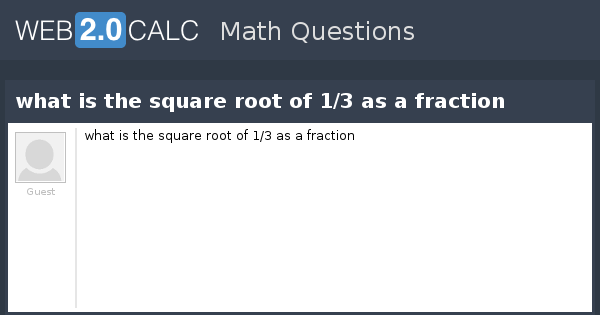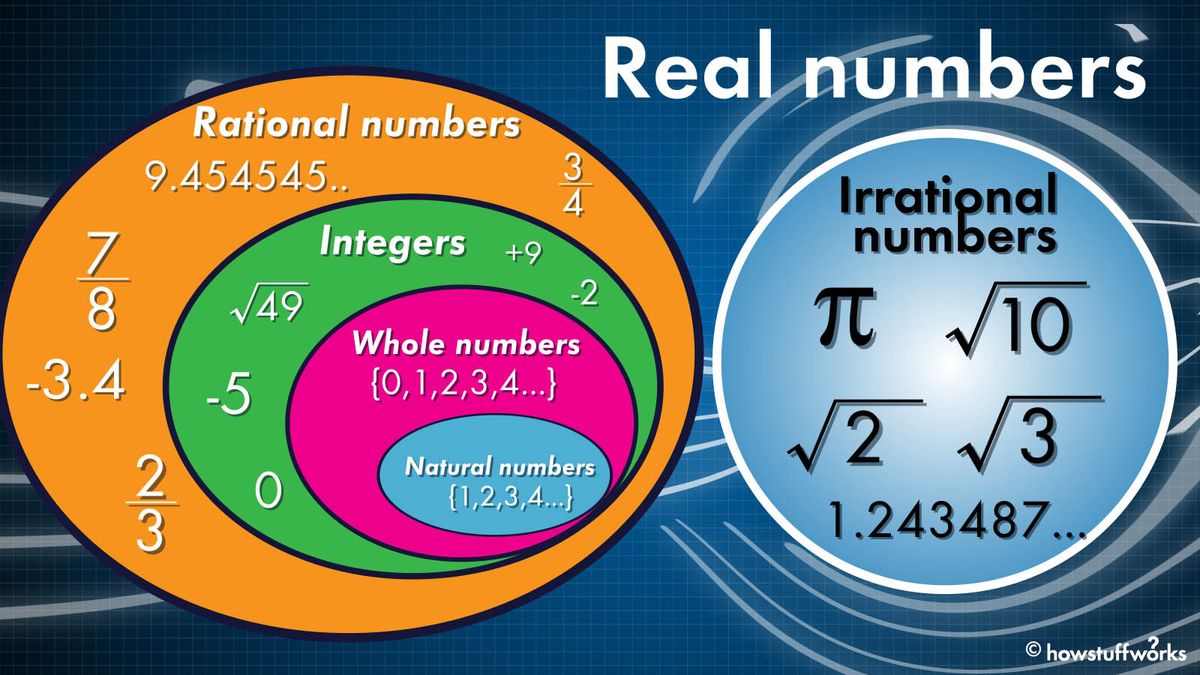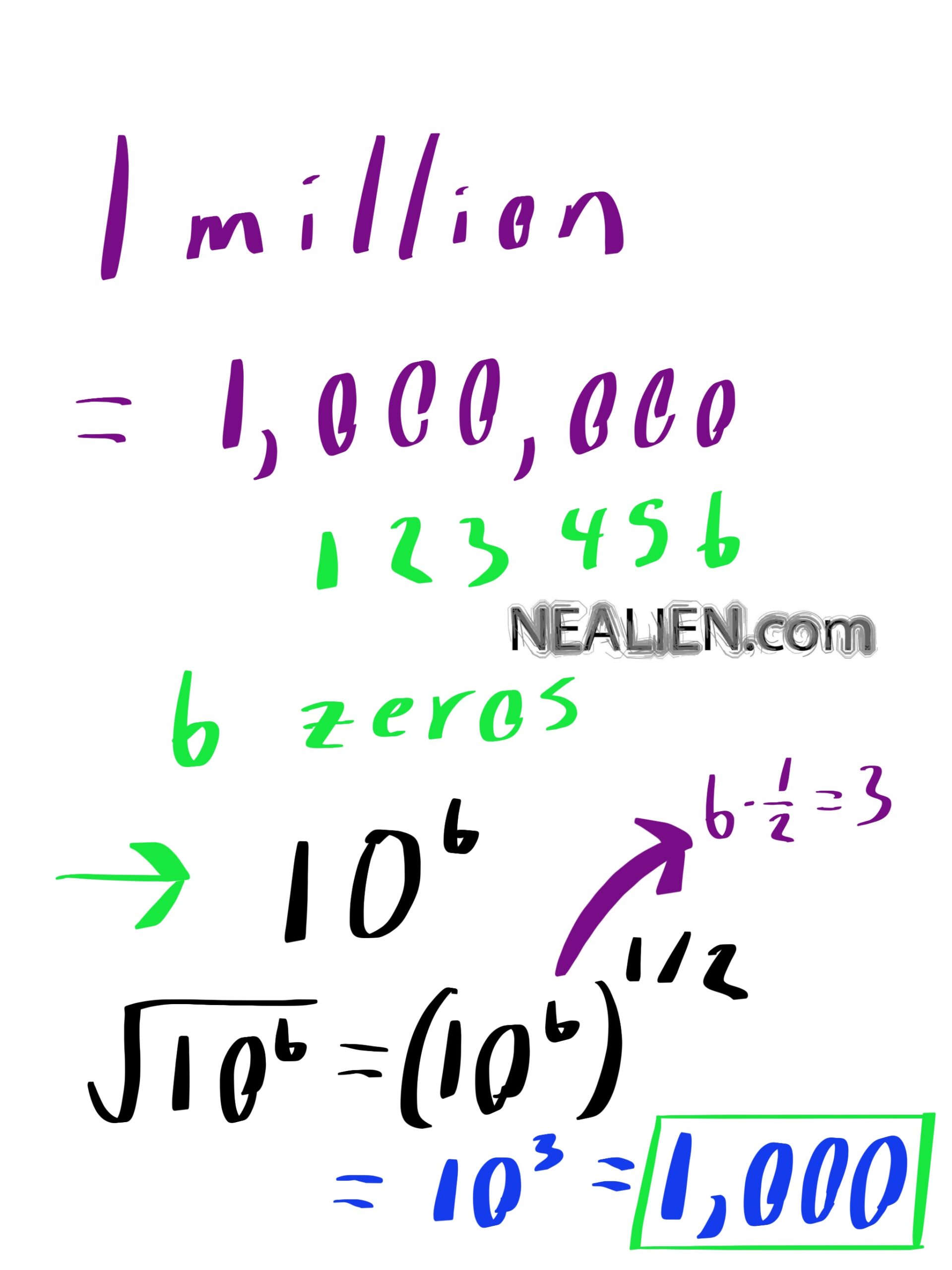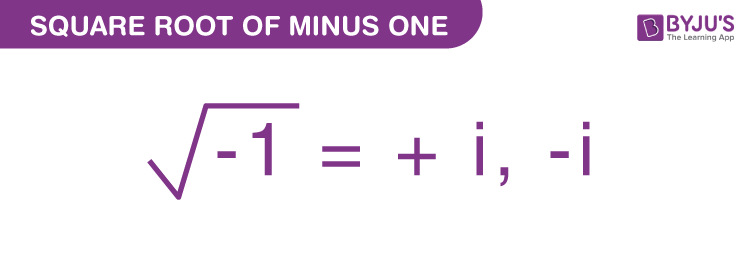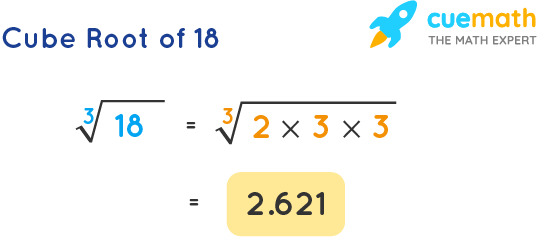Topic is the square root of 20 a rational number: Is the square root of 20 a rational number? Discover the intriguing answer as we delve into the properties of rational and irrational numbers, and explore the mathematical proof behind the nature of √20. Uncover common misconceptions and learn why this number captivates mathematicians and enthusiasts alike.
Table of Content
- Is the Square Root of 20 a Rational Number?
- Introduction to Rational and Irrational Numbers
- Definition of Rational Numbers
- Definition of Irrational Numbers
- Understanding the Square Root of 20
- Prime Factorization of 20
- Expressing the Square Root of 20 in Simplest Form
- Rational vs. Irrational Nature of Square Roots
- Proof That √20 is Irrational
- Common Misconceptions About Rational Numbers
- Mathematical Properties of Irrational Numbers
- Real-World Examples of Rational and Irrational Numbers
- YOUTUBE: Hãy xem video hướng dẫn cách đơn giản hóa căn bậc hai của số 20 (sqrt(20)), giúp bạn hiểu rõ hơn về tính chất của số hợp lý và số vô hướng.
Is the Square Root of 20 a Rational Number?
To determine whether the square root of 20 is a rational number, we need to understand the definitions of rational and irrational numbers.
Definitions
- Rational Numbers: Numbers that can be expressed as a fraction \(\frac{a}{b}\), where \(a\) and \(b\) are integers and \(b \neq 0\).
- Irrational Numbers: Numbers that cannot be expressed as a simple fraction. Their decimal expansions are non-repeating and non-terminating.
Analyzing \(\sqrt{20}\)
The number 20 is not a perfect square, meaning there is no integer \(n\) such that \(n^2 = 20\). Therefore, we must check if \(\sqrt{20}\) can be expressed as a fraction.
Let's consider the prime factorization of 20:
- 20 can be factored into \(2^2 \times 5\).
- The square root of 20 is \(\sqrt{2^2 \times 5} = \sqrt{2^2} \times \sqrt{5} = 2\sqrt{5}\).
Now, we need to determine if \(\sqrt{5}\) is rational:
- If \(\sqrt{5}\) were rational, it could be written as \(\frac{a}{b}\) where \(a\) and \(b\) are integers with no common factors.
- Squaring both sides gives \(5 = \left(\frac{a}{b}\right)^2\), or \(5b^2 = a^2\).
- This implies that \(a^2\) is divisible by 5, so \(a\) must be divisible by 5. Let \(a = 5k\).
- Substituting back, we get \(5b^2 = (5k)^2\), or \(5b^2 = 25k^2\), simplifying to \(b^2 = 5k^2\).
- This means \(b^2\) is also divisible by 5, so \(b\) must be divisible by 5.
If both \(a\) and \(b\) are divisible by 5, they have a common factor, which contradicts our assumption. Therefore, \(\sqrt{5}\) is irrational.
Since \(\sqrt{5}\) is irrational, \(2\sqrt{5}\) (which is \(\sqrt{20}\)) is also irrational.
Conclusion
Therefore, the square root of 20 is an irrational number.
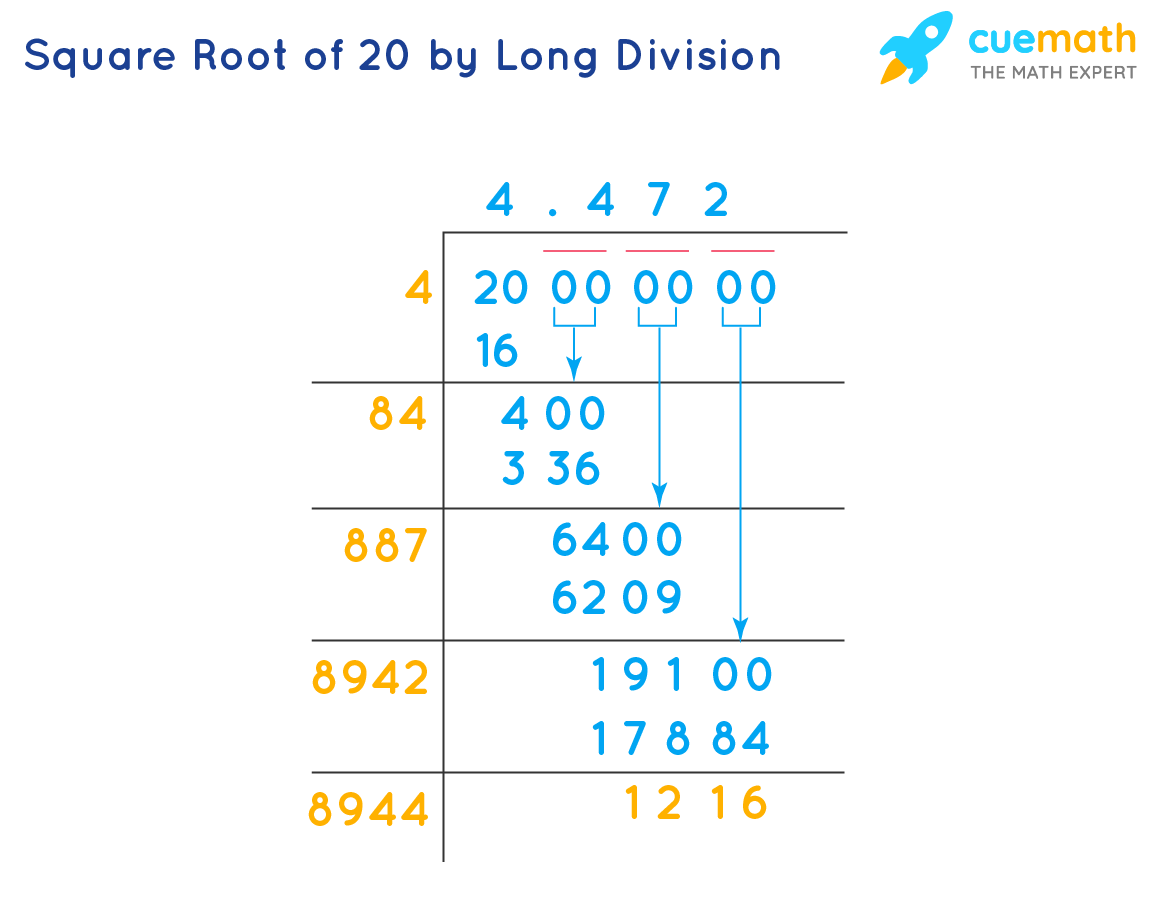
READ MORE:
Introduction to Rational and Irrational Numbers
Understanding the difference between rational and irrational numbers is fundamental in mathematics. These concepts help us classify numbers based on their properties and behavior.
Rational Numbers:
- Rational numbers can be expressed as a fraction \(\frac{a}{b}\), where \(a\) and \(b\) are integers, and \(b \neq 0\).
- The decimal expansion of a rational number either terminates or repeats periodically.
- Examples of rational numbers include \(\frac{1}{2}\), \(4\), and \(-3.75\).
Irrational Numbers:
- Irrational numbers cannot be expressed as a simple fraction. Their decimal expansions are non-terminating and non-repeating.
- These numbers often arise from square roots of non-perfect squares, cube roots, and certain mathematical constants.
- Examples of irrational numbers include \(\sqrt{2}\), \(\pi\), and \(e\).
The distinction between rational and irrational numbers is crucial for various mathematical applications, including algebra, calculus, and number theory. Recognizing whether a number is rational or irrational helps in understanding its properties and behavior in different mathematical contexts.
Definition of Rational Numbers
Rational numbers are a fundamental concept in mathematics, characterized by their ability to be expressed as fractions.
Key Characteristics of Rational Numbers:
- A rational number can be written as a fraction \(\frac{a}{b}\), where \(a\) and \(b\) are integers and \(b \neq 0\).
- The integers \(a\) (the numerator) and \(b\) (the denominator) can be positive, negative, or zero (with the exception that \(b\) cannot be zero).
- The decimal expansion of a rational number either terminates or repeats periodically. For example:
- \(\frac{1}{2} = 0.5\) (terminating decimal)
- \(\frac{1}{3} = 0.333...\) (repeating decimal)
Examples of Rational Numbers:
- \(\frac{4}{5}\): Here, \(4\) is the numerator and \(5\) is the denominator.
- \(-\frac{7}{3}\): Both the numerator \(-7\) and the denominator \(3\) are integers.
- \(0\): Any integer \(n\) divided by \(1\) (i.e., \(\frac{n}{1}\)) is rational.
- \(8\): This can be written as \(\frac{8}{1}\), making it a rational number.
Understanding rational numbers is essential because they form the basis for more complex mathematical concepts. Recognizing and working with rational numbers allows for a deeper comprehension of fractions, ratios, and proportions, which are pivotal in various fields of mathematics and real-world applications.
Definition of Irrational Numbers
An irrational number is a real number that cannot be expressed as a simple fraction where both the numerator and denominator are integers. In other words, it cannot be written in the form p/q, where p and q are integers and q is not zero.
Irrational numbers are characterized by their decimal representations, which neither terminate (end) nor repeat in a pattern. This property distinguishes them from rational numbers, which can always be expressed in fractional form and have terminating or repeating decimals.
The classification of a number as irrational typically hinges on whether its square root (or cube root, etc.) yields an endless, non-repeating decimal sequence. For example, the square root of non-perfect squares like 2, 3, 5, etc., are irrational.
Mathematically, a number x is irrational if and only if it cannot be expressed in the form x = p/q where p and q are integers, and q ≠ 0.
Understanding the Square Root of 20
The square root of a number \( n \), denoted as \( \sqrt{n} \), is a value which, when multiplied by itself, gives \( n \). For instance, \( \sqrt{9} = 3 \) because \( 3 \times 3 = 9 \). However, not all numbers have square roots that are whole numbers. Numbers whose square roots are not whole numbers are considered irrational numbers if their roots cannot be expressed as a fraction of two integers.
To understand whether the square root of 20 is rational or irrational, let's delve into its properties step by step:
- Prime Factorization of 20:
First, we factorize 20 into its prime factors:
\[
20 = 2 \times 2 \times 5 = 2^2 \times 5
\] - Square Root of 20:
Next, we express the square root of 20 in terms of its prime factors:
\[
\sqrt{20} = \sqrt{2^2 \times 5}
\]Using the property of square roots that \(\sqrt{a \times b} = \sqrt{a} \times \sqrt{b}\), we can simplify this as:
\[
\sqrt{20} = \sqrt{2^2 \times 5} = \sqrt{2^2} \times \sqrt{5} = 2 \times \sqrt{5}
\] - Rational vs. Irrational:
A number is rational if it can be expressed as the quotient of two integers \( \frac{p}{q} \), where \( q \neq 0 \). While 2 is a rational number, \(\sqrt{5}\) is not, as it cannot be expressed as a simple fraction. Therefore, \( 2 \times \sqrt{5} \) cannot be expressed as a fraction of two integers either, making it an irrational number.
In summary, the square root of 20 simplifies to \( 2 \times \sqrt{5} \). Since \( \sqrt{5} \) is an irrational number, multiplying it by 2, a rational number, results in an irrational number. Thus, the square root of 20 is an irrational number.

Prime Factorization of 20
To understand the prime factorization of 20, we need to break it down into its smallest prime factors. Prime factorization is the process of expressing a number as a product of prime numbers.
Here is the step-by-step method to find the prime factors of 20:
-
Step 1: Start with the smallest prime number.
The smallest prime number is 2. Check if 20 is divisible by 2.
Since 20 is even, it is divisible by 2. -
Step 2: Divide the number by 2.
20 divided by 2 gives us 10.
So, we can write: \( 20 = 2 \times 10 \) -
Step 3: Continue factoring 10.
Now, we factor 10. Again, check if 10 is divisible by 2.
Since it is, divide 10 by 2.
\( 10 \div 2 = 5 \)
Therefore, we can express 10 as: \( 10 = 2 \times 5 \) -
Step 4: Combine all the prime factors.
Now, combine all the factors we have found:
\( 20 = 2 \times 2 \times 5 \)
We have broken down 20 into its prime factors: \( 2 \times 2 \times 5 \).
To verify, we can multiply these factors back together to ensure they give the original number:
\( 2 \times 2 = 4 \)
\( 4 \times 5 = 20 \)
Thus, the prime factorization of 20 is:
\[ 20 = 2^2 \times 5 \]
This process shows that 20 is made up of two 2's and one 5. Prime factorization is crucial in simplifying expressions, finding greatest common divisors, and working with fractions and radicals.
In summary, understanding the prime factorization of 20 helps us further explore its properties and simplifies many mathematical operations involving this number.
Expressing the Square Root of 20 in Simplest Form
To determine whether \( \sqrt{20} \) is a rational number, we start by expressing it in simplest radical form:
First, we find the prime factorization of 20:
- 20 = 2 × 10
- 10 = 2 × 5
Therefore, \( 20 = 2^2 \times 5 \).
Next, we express \( \sqrt{20} \) using its prime factors:
Using the property \( \sqrt{a \times b} = \sqrt{a} \times \sqrt{b} \), we get:
Since \( \sqrt{4} = 2 \), we have:
Thus, \( \sqrt{20} \) in its simplest form is \( 2\sqrt{5} \).
Rational vs. Irrational Nature of Square Roots
When discussing the nature of square roots, it's essential to understand the distinction between rational and irrational numbers:
- Rational Numbers: These are numbers that can be expressed as a fraction where both the numerator and denominator are integers, and the denominator is not zero. Examples include \( \frac{3}{4} \), \( -\frac{5}{2} \), and \( 0.6 \).
- Irrational Numbers: These are numbers that cannot be expressed as a simple fraction. Their decimal representations neither terminate nor repeat. Classic examples are \( \sqrt{2} \), \( \pi \), and \( e \).
Specifically, for \( \sqrt{20} \):
- Its exact value is \( \sqrt{20} = 2\sqrt{5} \).
- Since \( \sqrt{5} \) is irrational (as proven by its non-repeating decimal), \( 2\sqrt{5} \) is also irrational.
Therefore, \( \sqrt{20} \) exemplifies an irrational square root, illustrating the fundamental difference between rational and irrational numbers in mathematics.
Proof That √20 is Irrational
To prove that \( \sqrt{20} \) is irrational, we can follow these steps:
- Assume \( \sqrt{20} \) is rational, so it can be expressed as \( \sqrt{20} = \frac{p}{q} \) where \( p \) and \( q \) are integers and \( \frac{p}{q} \) is in its simplest form.
- Square both sides to get \( 20 = \frac{p^2}{q^2} \).
- Multiply both sides by \( q^2 \) to obtain \( 20q^2 = p^2 \).
- Now, analyze the prime factorization of 20: \( 20 = 2^2 \times 5 \).
- Substitute into the equation: \( 20q^2 = p^2 \) implies \( 2^2 \times 5 \times q^2 = p^2 \).
- From the prime factorization, notice that \( p^2 \) must also be divisible by \( 2^2 \) and \( 5 \).
- This implies \( p \) must be divisible by both \( 2 \) and \( \sqrt{5} \).
- However, since \( \sqrt{5} \) is irrational (non-terminating, non-repeating decimal), it cannot be expressed as a fraction of integers.
Therefore, by contradiction, our initial assumption that \( \sqrt{20} \) is rational must be false, hence \( \sqrt{20} \) is irrational.

Common Misconceptions About Rational Numbers
There are several common misconceptions about rational numbers that are important to clarify:
- Rational numbers are always whole numbers: While whole numbers like 1, 2, 3, etc., are rational, not all rational numbers are whole. For example, \( \frac{1}{2} \) and \( -\frac{3}{4} \) are rational but not whole numbers.
- Rational numbers cannot have repeating decimals: Some rational numbers, like \( \frac{1}{3} = 0.333\ldots \), have repeating decimal representations. However, repeating decimals do not necessarily imply that a number is irrational.
- All fractions are rational numbers: True fractions, such as \( \frac{3}{5} \) or \( -\frac{7}{2} \), are indeed rational numbers. However, integers and whole numbers can also be considered as rational numbers by definition.
- Rational numbers are always positive: Rational numbers can be positive, negative, or zero. For instance, \( -\frac{2}{3} \) and \( 0.25 \) are rational numbers that are not positive.
- Rational numbers are closed under addition and multiplication: This means that the sum or product of any two rational numbers is always rational. For example, \( \frac{3}{4} + \frac{1}{2} = \frac{5}{4} \) and \( \frac{3}{4} \times \frac{1}{2} = \frac{3}{8} \), both resulting in rational numbers.
By understanding these misconceptions, we can better grasp the true nature and properties of rational numbers in mathematics.
Mathematical Properties of Irrational Numbers
Irrational numbers possess unique mathematical properties that distinguish them from rational numbers:
- Non-terminating and Non-repeating Decimals: Unlike rational numbers, which have decimal representations that either terminate or repeat, irrational numbers have decimals that neither terminate nor repeat. For example, \( \sqrt{2} = 1.414213562373095...\) is a non-terminating, non-repeating decimal.
- Uncountability: The set of irrational numbers is uncountably infinite. This means that there are more irrational numbers between any two rational numbers on the number line.
- Proofs of Irrationality: Many irrational numbers, including \( \sqrt{2} \), \( \pi \), and \( e \), have been proven to be irrational through various mathematical proofs, such as proof by contradiction or proof using prime factorization.
- Algebraic Properties: Some algebraic operations involving irrational numbers can produce results that are irrational. For instance, \( \sqrt{2} \times \sqrt{3} = \sqrt{6} \), where \( \sqrt{6} \) is also irrational.
- Application in Geometry and Physics: Irrational numbers are crucial in geometry, where they appear in the measurements of sides of squares and circles. They also play a significant role in physics, especially in quantum mechanics and wave theory.
Understanding these properties helps in appreciating the depth and significance of irrational numbers in mathematics and its applications.
Real-World Examples of Rational and Irrational Numbers
Rational and irrational numbers manifest in various real-world scenarios, illustrating their practical applications:
- Rational Numbers:
- Measurements: Lengths, weights, and volumes expressed as fractions or decimals, such as 3.5 meters or \( \frac{2}{3} \) kilograms.
- Money: Currency values like $1.50 or €2.75, which can be represented precisely as decimals.
- Time: Calculations involving hours and minutes, such as 2.5 hours or \( \frac{3}{4} \) of an hour.
- Irrational Numbers:
- Geometry: Measurements involving the diagonal of a square or the radius of a circle, where values like \( \sqrt{2} \) or \( \pi \) are irrational.
- Physics: Quantum mechanics and wave theory utilize constants such as \( \sqrt{2} \) and \( \sqrt{3} \), which are irrational and integral to calculations.
- Natural phenomena: Fibonacci sequences in nature, golden ratios, and other patterns often involve irrational numbers in their descriptions.
These examples highlight how rational and irrational numbers coexist and are integral to understanding and solving problems across various disciplines.
Hãy xem video hướng dẫn cách đơn giản hóa căn bậc hai của số 20 (sqrt(20)), giúp bạn hiểu rõ hơn về tính chất của số hợp lý và số vô hướng.
How to Simplify the Square Root of 20: Sqrt(20) | Làm thế nào để đơn giản hóa căn bậc hai của 20
READ MORE:
Giải căn bậc hai của 20 cộng với căn bậc hai của 80
